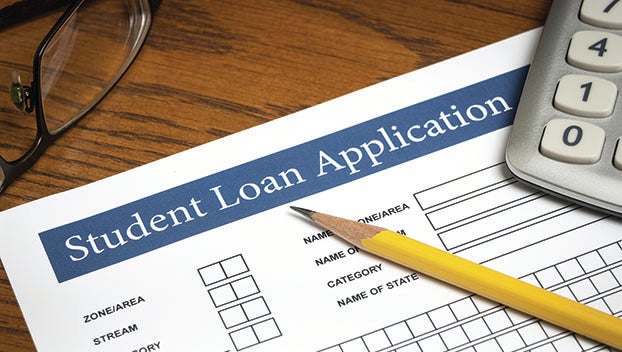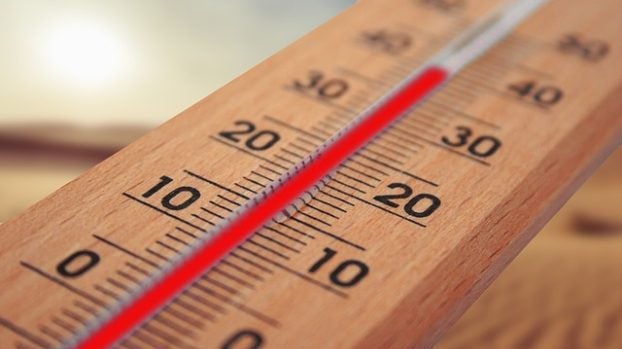Student loan repayments extended again
Published 2:29 pm Friday, December 2, 2022
|
Getting your Trinity Audio player ready...
|
For 45 million Americans who carry a total of $1.6 trillion in outstanding student loans, the federal government has placed another pause on loan repayments making this the seventh time.
Student loan payments have been on hold since March 2020.
The latest pause was set to expire at the end of this year.
Trending
The Department of Education announced last week it is extending the pause of federal student loans until June 30, 2023, while legal battles to the administration’s student debt relief program wage on in the courts.
The pause includes a suspension of loan payments, a 0% interest rate and stopped collections on defaulted loans. This policy does not apply to private student loans.
“The payment pause has been a lifeline that allowed millions of Americans to focus on their families, health and finances instead of student loans during the national emergency,” said U.S. Secretary of Education Miguel Cardona. “As our nation’s economy continues to recover from a deep hole, this extension gives students and borrowers the time they need to plan for the restart and ensure a smooth pathway back to repayment.”
This fall, the Biden administration announced a student loan forgiveness plan that called for thousands of dollars of debt to be wiped away from borrowers.
The plan calls for up to $20,000 to Pell Grant recipients and up to $10,000 to non-Pell Grant recipients will be forgiven according to the plan.
According to the U.S. Department of Education, if education debt were slashed by $10,000, student loan debt across the country would fall from $1.7 trillion to $1.3 trillion.
Trending
Borrowers are eligible if their individual income is less than $125,000 or $250,000 for households.
According to a Department of Education analysis, the typical undergraduate student with loans now graduates with nearly $25,000 in debt.
Two lawsuits blocking the Biden plan have been appealed by the Justice Department, but the legal process could take months which has caused the administration to extend the pause nothing that it was not fair to ask those with loan debt to begin repayments while details of the plan was hashed out in the court system.
Since taking office, Biden has approved more than $17 billion in loan debt forgiveness for more than 700,000 borrowers including students with disabilities, public service workers and students who were defrauded by their schools.
Since 1980, the total cost of both four-year public and four-year private colleges has nearly tripled, even after accounting for inflation.
White House officials say Pell Grants once covered nearly 80 percent of the cost of a four-year public college degree for students from working families but now only cover a third.
This leaves students from low- and middle-income families with no choice but to borrow if they want to get a degree. Pell grants don’t need to be paid back, but they often don’t cover the full cost of college.
If you are faced with student loan debt, The U.S. Department of Education offers a variety of repayment plans.
For example, an income-driven repayment (IDR) plan is based on how much money you make. Under an IDR plan, payments may be as low as $0 per month.
For more information on how to prepare for loan repayments, visit https://studentaid.gov/articles/6-ways-prepare-repayment-begin-again/.






